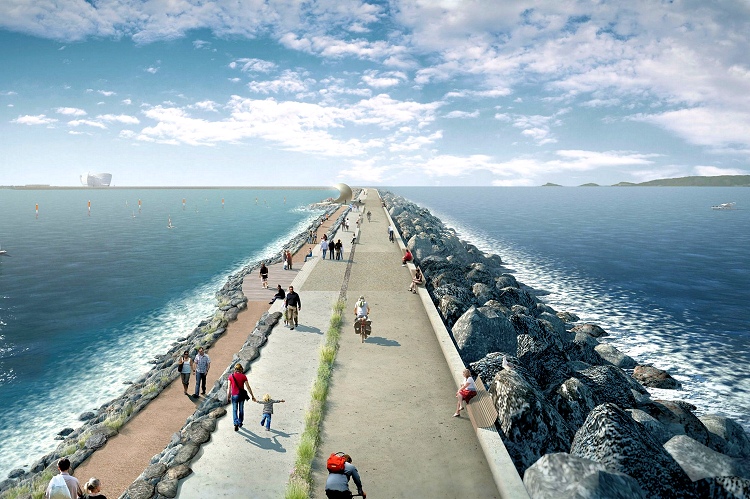A British company has plans to build the world's first-ever energy-generating tidal lagoon in Swansea Bay, United Kingdom.
The developers behind Tidal Lagoon Power believe they will produce clean, renewable, and predictable power for over 155,000 homes for 120 years.
The tidal lagoon project has a 320MW installed capacity and 14 hours of reliable generation every day.
How does a tidal lagoon work? The tidal range in Swansea Bay is up to 10.5 meters. Engineers will build a one-million-pound artificial lagoon by constructing a giant causeway ring.
Then, as the tide rises, the 26 turbine wicket gates are closed in the 550-meter concrete turbine housing, isolating the lagoon and creating the necessary water level difference between the lagoon and the sea.
When the gates open, water flows into the lagoon, driving the turbines and generating electricity.
As the tide falls, the process is reversed, generating electricity as the lagoon flows back into the sea. With two tides a day, there are four opportunities for generating tidal power.
The Tidal Lagoon at Swansea Bay will also have marine farms, art installations, sailing training areas, recreation and amenity facilities, and footways.
The man-made breakwater will form a 9.5-kilometer-long, U-shaped seawall.
Tidal Lagoon Power has plans for six lagoons, in a total investment of 30 billion pounds. If the UK government backs the project, the eco-friendly idea will be pumping tidal energy by 2022.
